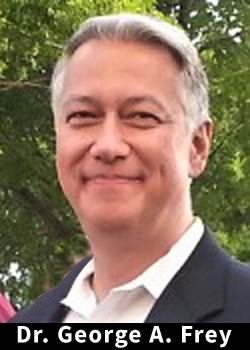Locations

Fax: (303) 762-9292

Understanding Spinal Anatomy: Ligaments, Tendons and Muscles
Ligaments and tendons are fibrous bands of connective tissue that attach to bone. Ligaments connect two or more bones together and help stabilize joints. Tendons attach muscle to bone. Tendons vary in size and are somewhat elastic and attach bones to muscles.
Ligaments
The system of ligaments in the vertebral column, combined with the tendons and muscles, provides a natural brace to help protect the spine from injury. Ligaments aid in joint stability during rest and movement and help prevent injury from hyperextension and hyperflexion (excessive movements).

| Ligament Name | Description |
|---|---|
| Anterior Longitudinal Ligament (ALL)
A primary spine stabilizer |
About one-inch wide, the ALL runs the entire length of the spine from the base of the skull to the sacrum. It connects the front (anterior) of the vertebral body to the front of the annulus fibrosis. |
| Posterior Longitudinal Ligament (PLL)
A primary spine stabilizer |
About one-inch wide, the PLL runs the entire length of the spine from the base of the skull to sacrum. It connects the back (posterior) of the vertebral body to the back of the annulus fibrosis. |
| Supraspinous Ligament | This ligament attaches the tip of each spinous process to the other. |
| Interspinous Ligament | This thin ligament attaches to another ligament called the ligamentum flavum that runs deep into the spinal column. |
| Ligamentum Flavum
The strongest ligament |
This yellow ligament is the strongest. It runs from the base of the skull to the pelvis, in front of and between the lamina, and protects the spinal cord and nerves. The ligamentum flavum also runs in front of the facet joint capsules. |
Tendons and Muscles
Tendons are similar to ligaments, except these tension-withstanding fibrous tissues attach muscle to bone. Tendons consist of densely packed collagen fibers.
Muscles, either individually or in groups, are supported by fascia. Fascia is strong sheath-like connective tissue. The tendon that attaches muscle to bone is part of the fascia.
| Muscle Name Thoracic Region | Description |
|---|---|
| Longissimus Thoracis | Extension and lateral flexion of the vertebral column, rib rotation |
| Iliocostalis Thoracis | Extension and lateral flexion of the vertebral column, rib rotation |
| Spinalis Thoracis | Extends the vertebral column |
| Muscle Name Lumbar Region | Description |
|---|---|
| Psoas Major | Flexes the thigh at the hip joint and the vertebral column |
| Quadratus Lumborum | Lateral flexion of the vertebral column |
| Multifidus | Extension and rotation of the vertebral column |








